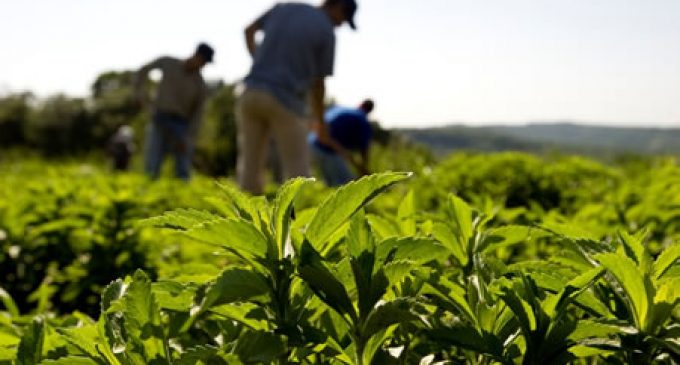Stevia Sweetens Up Europe

While until a few years ago, Stevia was mainly known among industry insiders, after the EU approved its use in food and drink, there has been a surge of new product innovations in the EU to capitalise on consumer demand. Indeed, according to latest research by Mintel on natural sweeteners, the widespread rollout of products containing Stevia resulted in a massive 400% increase in launches globally between 2008/2012 and 158% between 2011/12.
With the only year on year increases in new product development,Europeis experiencing phenomenal growth and is now a key market driver for Stevia. It accounted for a quarter (25%) of global new product launches containing Stevia in 2012, up from just 4% in 2011. Meanwhile, Asia accounted for half (50%) of all introductions in 2012, but declined from 63% in 2011. North America accounted for 15% of new product launches in 2012, down from 21% in 2011 and Latin America accounted for 9% in 2012, down from 11% in 2011.
David Turner, Global Food and Drink Analyst at Mintel, says: “Whilst countries such as France, Germany and Finland had allowed a limited number of Stevia products as early as 2009, 2012 was the first year that Stevia was allowed to be used in a wide range of food and drink categories in all EU markets and manufacturers have responded with a huge increase in new product launches. The number of new products coming to market in Europe is up, and interest seems high, but in some categories companies have struggled to turn that into real commercial success. However, that may be about to change. In the UK for example we are seeing strong sales for products that use stevia in combination with sugar to provide great tasting, low calorie food and drink.”
Recent growth has been fuelled by dynamic product innovation across a range of categories. Some of the most widespread use of Stevia is in the non-alcoholic beverages category which alone accounted for 31% of the global products launched containing Stevia in 2012 and the snacks category, accounting for 26%. Meanwhile, 13% of global product launches containing Stevia were natural table-top sweetener alternatives to sugar and 7% were dairy products.
Increased concern over obesity levels could also present an opportunity for Stevia in low sugar and low calorie food and drinks, as it appears that sugar substitutes are still struggling against traditional sugar, especially when it comes to taste. In the US, more than half (57%) of consumers believe that natural sweeteners such as sugar or honey taste better than low calorie alternatives and 44% agree that sweeteners leave an aftertaste or simply taste bad. Sugar substitutes also appear to be limited to sweetening drinks such as tea or coffee rather than wider use in baking, as some 44% of US consumers consider them too expensive to bake with and just 33% believe they are easy to use in cooking.
There are also positive signs for the future of the sector and the opportunity to respond to underlying consumer demand for simple, natural products. Indeed, as Mintel’s research shows, 55% of consumers in Germany, 47% in the UK, 45% in France, 26% in Italy and 22% in Spain would be willing to try products made using alternative sweeteners. Moreover, 56% of consumers in the UK are interested in trying sweets with natural sugar alternatives.
“Taste issues and also the fact that Stevia is much more expensive than artificial sweeteners such as aspartame, saccharin and sucralose, suggest that rather than replacing sugar entirely with Stevia, it will be more effective to use a blend of sugar, Stevia and other additives – at least until consumers get more used to Stevia’s taste. Innovations that blend sugar with sweeteners offer a lower calorie sweetener suitable for cooking whilst claiming to have the same taste as sugar. Looking to 2013, if Europe can learn from the US, it should see continued steady growth in the Stevia market. To ensure market growth can be sustained over the long term, continued new product development is needed to improve taste and versatility combined with high levels of marketing support to drive consumer education and trial,” David Turner concludes.

































